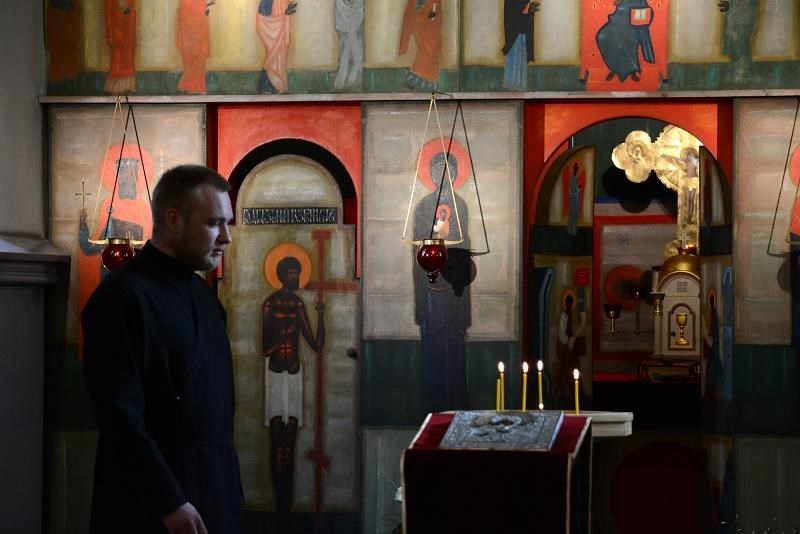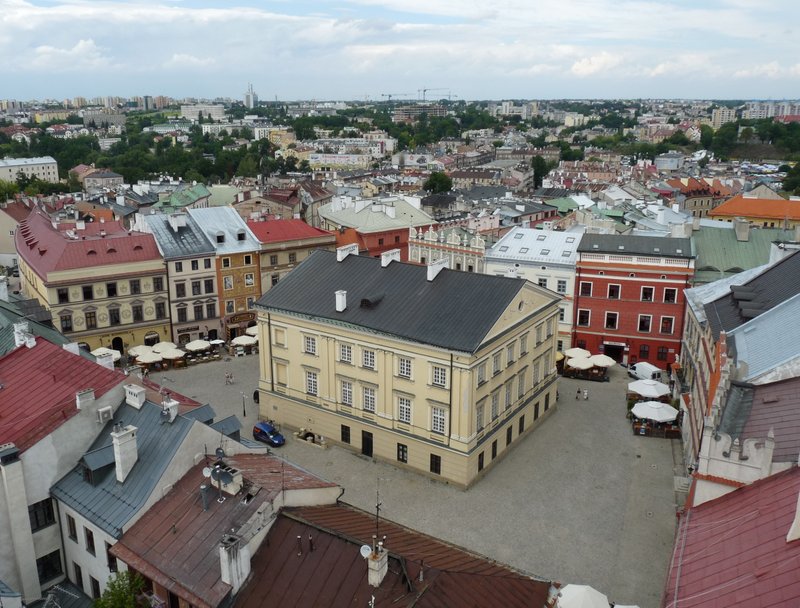Szlak Wielokulturowy

In the past, the Grodzka Gate was one of the two main gates located within the town’s defensive walls. Originally it was built in gothic style - the base of the building was of a quadrilateral shape with a foregate, and the structure was topped with a helmet. In the 2nd half of the XVIII century it was rebuilt in a neoclassical style in accordance with the design by Dominik Merlini and thus lost its defensive features. The date MDCCLXXXV and monogram SAR (Stanislaus Augustus Rex - king Stanisław August) on the gate from the side of the old town are the reminders of that change. It was ...

Built in the years 1607-1633 in Ruska Street between the Staromiejskie and Czwartek Hills, the temple is an example of a multi-religious character of Lublin. In 1638 King Ladislaus IV Vasa subordinated the Orthodox church to the Bishop of Chełm Metody Terlecki, who seated Basilian monks there, supporters of the Union of Brest. Since 1875, the church belongs to the Orthodox followers and serves as the cathedral of the Lublin-Chełm Diocesy, the seat of which is Lublin. ...

The temple was built by greek merchants in accordance with the 1786 royal charter as an orthodox church subordinate to the patriarchate in Constantinople. ...

The largest synagogue in Lublin stood at the foot of the north side of the Castle Hill, where the Tysiąclecia Avenue currently runs. The Maharshal Synagogue, also known as the Great Synagogue, was built in 1567. It was named after rabbi Szlomo Luria, nicknamed Maharshal-Szul. Soon another, smaller Maharam synagogue and the little synagogue Szywe Kryjem were added to it. In total, over 3000 of people could pray here at once. ...

The Holy Trinity Lublin Evangelical Church of the Augsburg Confession, located at the junction of Krakowskie Przedmieście, Ewangelicka, and Żołnierzy Niepodległej streets, is the only temple of this type in the Lublin Region. The clacissist church designed by Fryderyk Zilchert was built between the years 1785 - 1788 under the chart of king Stanisław August Poniatowski. Most of the furnishings were transferred from the church in Piaski near Lublin (now non-existent, only the ruins remained). The church owns an impressive collection of coffin boards with the names of the comm ...

Originally a manor house of the arian family of Lubieniecki and an adjacent chapel were situated here. In the early XVII century the land was purchased by the Lublin deputy governor Bernard Suchorabski who erected a late renaissance palace in place of the buildings. In 1700, the property was acquired by St. Vincent de Paul Congregation of The Mission, who came to lublin to educate the clergy. In the years 1719-1730, the baroque Church of Transfiguration of Our Lord was erected next to the palace. The artists who worked on its interior design were Eliasz Hoffman, Sebastian Zeisel and Szymo ...

The palace belonged to various excellent polish aristocratic families. In the XVI century a renaissance manor of the Firlej family was located here. In its proximity the camp of the Lithuanian emissaries who came to Lublin in 1569 was located. ...

Located at the Litewski Square the Memorial of the Union of Lublin was erected thanks to Stanisław Staszic in 1826. It commemorates one of the most crucial events in the history of Lublin - the Polish-Lithuanian Union from 1569. The place where the monument stands is not accidental - this is where the Lithuanians who came to the Union Seym set up their camp. The project of the monument was presented by Feliks Bentkowski, and the author of the relief was Paweł Maliński. The gilded relief depicts two female figures shaking hands. Between them there are the coats of arms of The Crown and ...

Centrally located Old Town Market Square in Lublin has irregular shape. Its location was conditioned by the buildings from before the town's location and the shape of the hill. It was officially outlined over 700 years ago, after Lublin had been granted a city charter (15th of August 1317). ...

Czwartek Hill is considered to be one of the earliest places of settlement in Lublin, dated to the turn of VI/VII century. In the X century saint patron of the settlement was st. Nicholas, patron of the merchants, both in Eastern and Western Christianity. ...
Page 1 of 2













